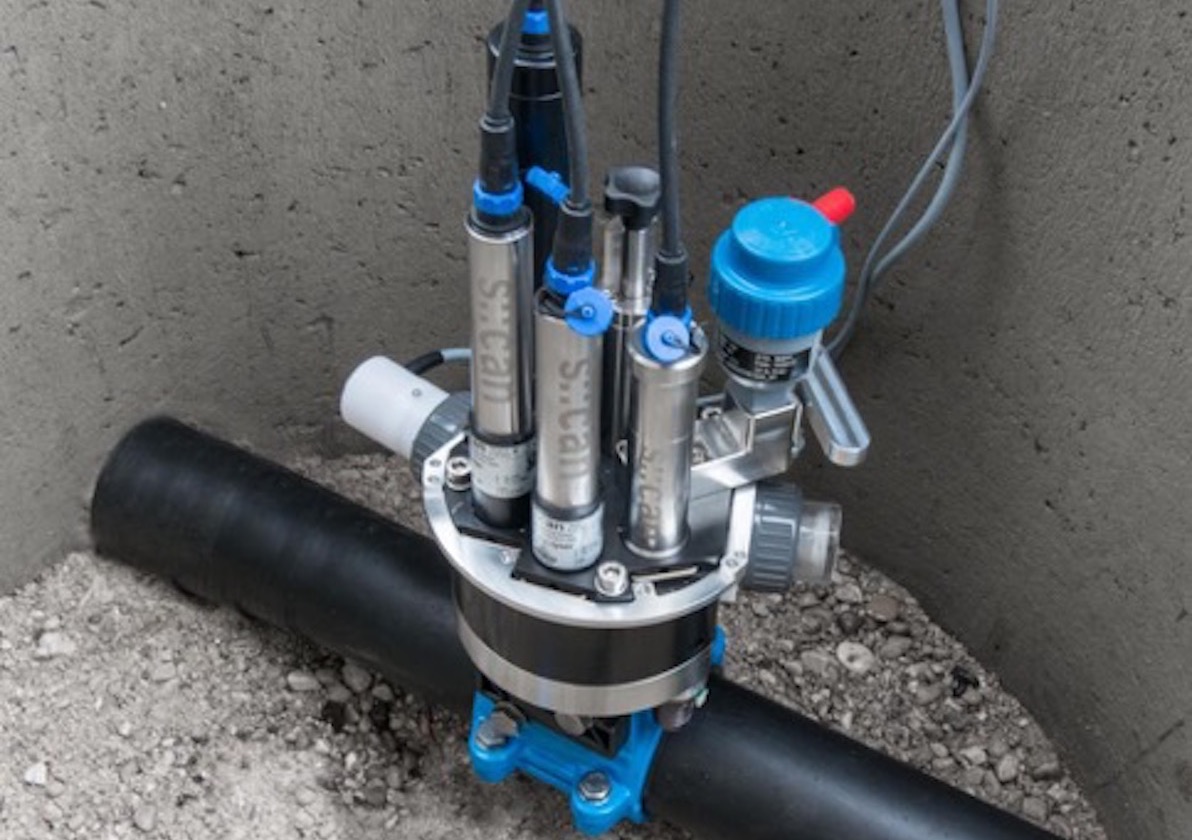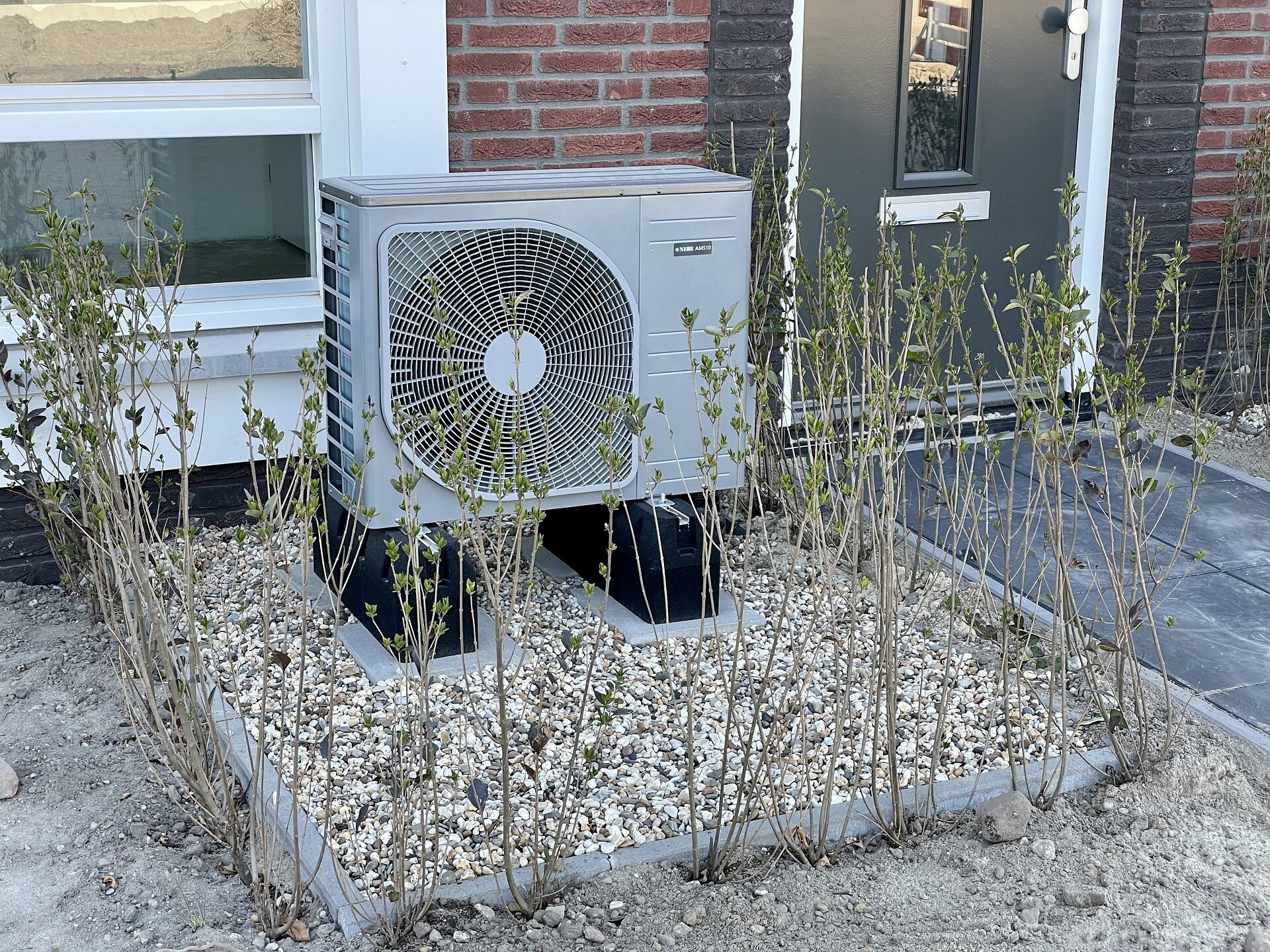
AquaWatch: Transforming Water Quality Monitoring in California
Australia is making waves with its innovative AquaWatch initiative, launched by the national science agency, CSIRO, in collaboration with California’s leading universities and research institutions. The Sacramento-San Joaquin River Delta, a critical water interface for both agriculture and ecosystems surrounding the San Francisco Bay, has become the latest testing ground for this groundbreaking project. With water quality being a key concern in both regions, AquaWatch is set to revolutionize how we monitor and forecast conditions in our waterways.
Monitoring the water quality of Delta waters – a pivotal ecological and agricultural region.
The partnership includes renowned institutions such as the University of California Davis and the University of California Merced, alongside the USGS Water Science Laboratory. Here, researchers are gaining invaluable insights into the diverse water challenges both Australia and California face.
The Vision Behind AquaWatch
Dr. Alex Held from CSIRO emphasizes the importance of testing AquaWatch in varied ecosystems to refine the system for both local and international use. Advocating for global collaboration, he highlighted how the exchange of knowledge helps in addressing the pressing issue of water quality:
“It’s a chance to share experiences and knowledge as we test the system and collaborate with global experts facing similar water quality challenges.”
This sentiment resonates with me, as it reflects a much-needed shift towards united efforts in tackling global issues. The AquaWatch initiative promises to harness the power of satellite data and water sensors, providing near-real-time updates and forecasts of water conditions. It’s not just about being proactive; it’s about ensuring sustainable practices for future generations. [1]
Harnessing Technology for Better Outcomes
As we dive deeper into local water bodies, the capabilities of AquaWatch become evident. A specialized water quality sensor installed near the confluence of the Sacramento and San Joaquin Rivers will measure turbidity and provide insights crucial for protecting vulnerable species like the Delta smelt. Dr. Erin Hestir from UC Merced astutely noted that this technology could also help track harmful contaminants like mercury:
“Using the sensor, we can estimate turbidity, an important water quality measurement for the critically endangered fish, the Delta smelt.”
This level of precision and accountability is what our communities need—an assurance that our water quality is being diligently monitored with real-time data. The technology behind AquaWatch, blending advanced data analytics with satellite information, marks a significant leap in environmental management efforts. It’s hard not to draw parallels with how technology is reshaping numerous other sectors, from healthcare to education.
 Installing innovative sensors to monitor critical water quality metrics.
Installing innovative sensors to monitor critical water quality metrics.
A Global Commitment to Water Sustainability
AquaWatch isn’t just about innovation; it’s about fulfilling international commitments to sustainable development, as recognized by the Australian Consul-General in Los Angeles, Tanya Bennett. She celebrated the project as a key activity under the Australia-California agreement on climate action:
“This test site highlights the importance of global collaborations and technology advancements to monitor the impacts of water quality, improve our natural environments, and safeguard our future water supply.”
Looking at the bigger picture, these projects mean more than just local improvements—they represent a collective strategy to tackle significant environmental challenges. As a resident in an area faced with similar ecological pressures, I understand firsthand the urgent need for sustainable water monitoring solutions.
A Broader Perspective
AquaWatch, which already operates in several countries like Italy and Malaysia, aims to establish a thorough understanding of global water quality issues. This comprehensive perspective is essential for formulating effective responses and policies that protect our waterways.
As I reflect on AquaWatch’s implications for water monitoring both locally and globally, it becomes increasingly clear that strong international partnerships can lead to meaningful, tangible outcomes. Establishing dedicated test sites is a landmark step, not just for Australia and California, but as a template for global cooperation in environmental sustainability. The future of our water resources lies in our ability to work together across borders.
Researchers discussing water quality data and international collaboration.
Conclusion
AquaWatch stands as a beacon of hope in a world where water scarcity and quality issues are becoming increasingly critical. By harnessing innovative technology and collaborative efforts, we can pave the way for a sustainable future. It is imperative that we embrace these advancements—not just to secure our water supply, but to protect the delicate ecosystems that depend on it. The time for action is now, and initiatives like AquaWatch remind us that together, we can tackle one of the biggest challenges of our time.
As we look forward, let’s support these innovative partnerships and ensure that water quality management remains a priority on the global agenda.















